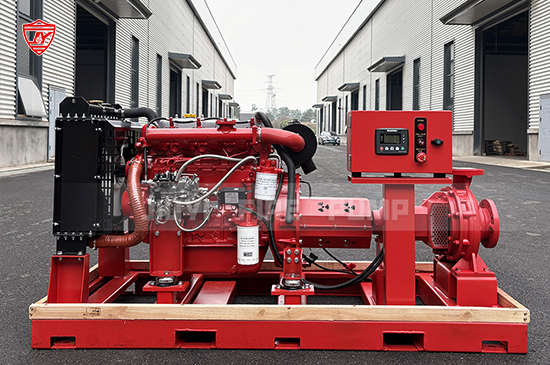Selecting the right fire pump size is crucial for ensuring a reliable fire protection system. A pump that is too small may fail to provide adequate pressure, while an oversized pump can lead to inefficiency, excessive wear, and higher operational costs. Understanding the correct sizing process will help ensure compliance with NFPA 20 and maximize efficiency.

The first step is calculating the system's water demand based on the building type, occupancy, and fire suppression system requirements. This is typically determined by a fire protection engineer and must align with local fire codes and standards.
Friction loss occurs as water flows through pipes, fittings, and valves. Using hydraulic calculations, factor in:
There are different types of fire pumps designed for various applications:
Fire pumps must comply with NFPA 20 standards to guarantee performance and reliability. This includes:
A properly sized fire pump reduces unnecessary energy consumption and extends the equipment’s lifespan. Consider using:
Correctly sizing a fire pump ensures a balance between efficiency, compliance, and system reliability. By following NFPA 20 guidelines, considering flow rate and pressure, and selecting the right type of pump, you can optimize your fire protection system for peak performance.